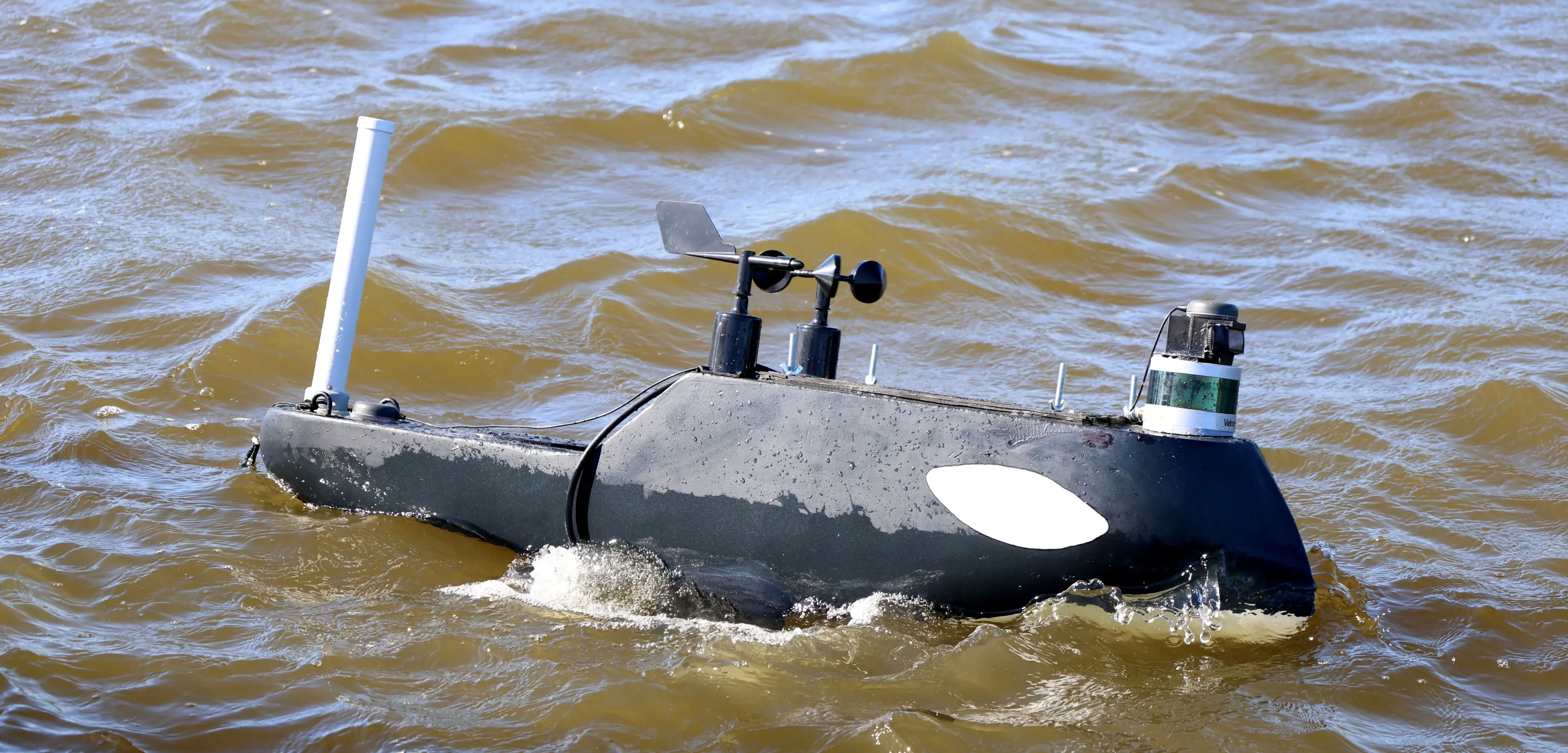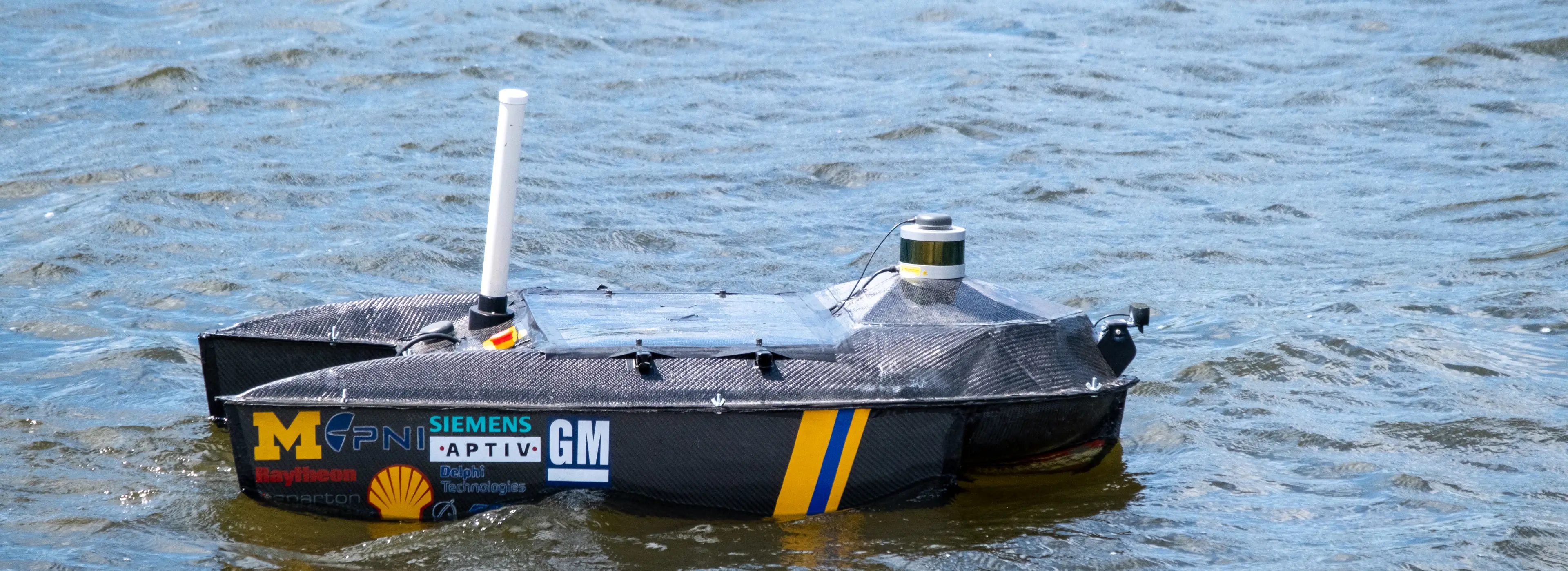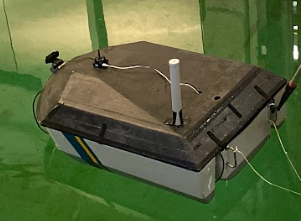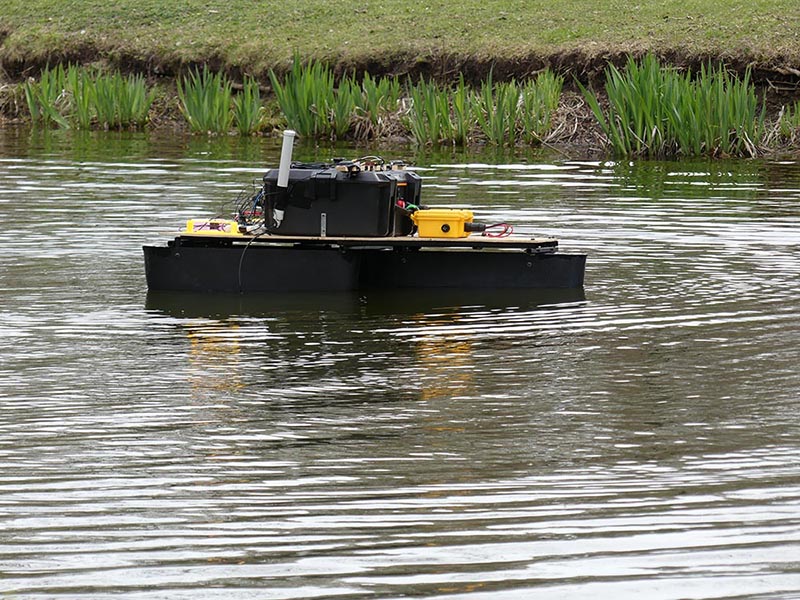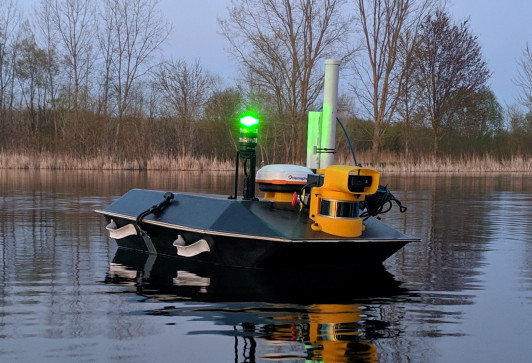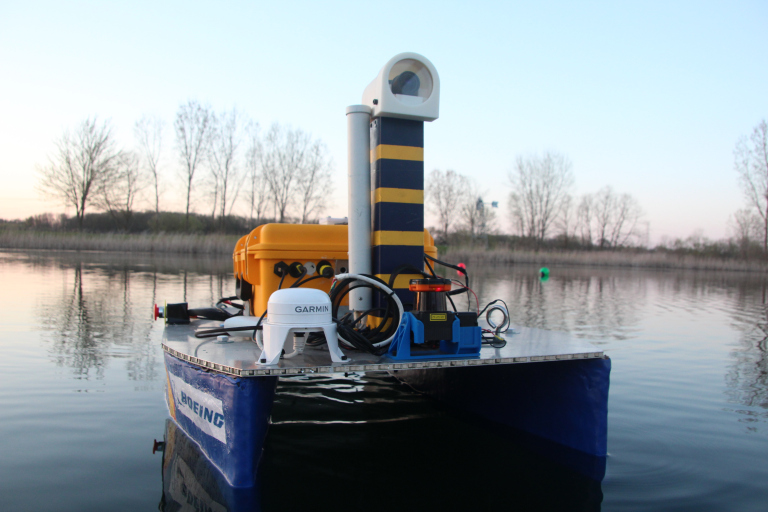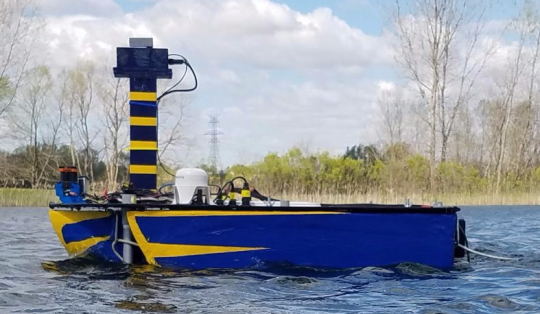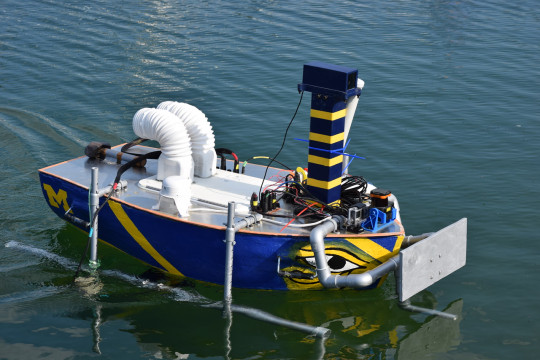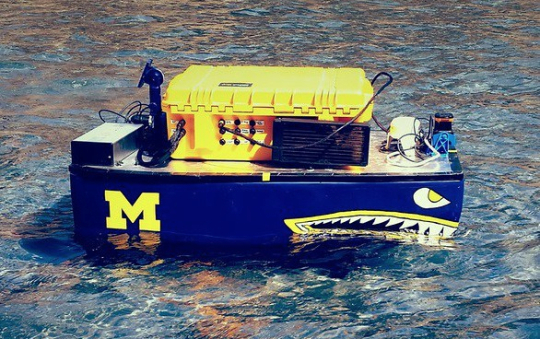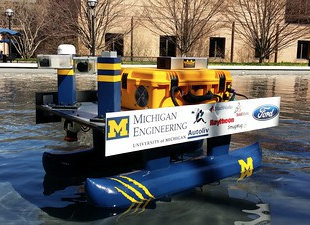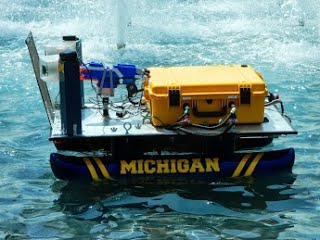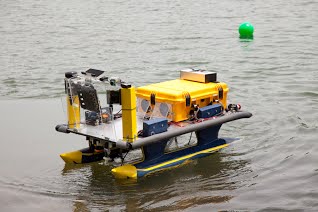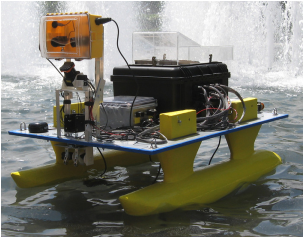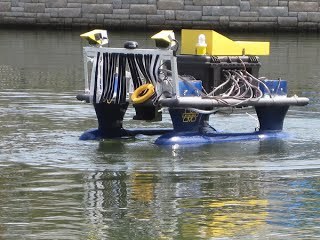2025: Orca
FIX At the 2024 RoboBoat Competition, The Phoenix sets sail once more—emerging stronger from the trials and tribulations of its past, UM::Autonomy’s 2024 vessel focuses on simplicity in design and workflow in order to further ensure a reliable, maintainable, and modular system.
Understanding the tighter time constraints of the 2024 season, a greater emphasis was placed on design validation and in-water testing, which was facilitated by maintaining an operable vessel and reducing design complexity from last year. This design strategy was complemented with a testing strategy that relocated the team permanently into its testing environment, made testing a weekly process from the start of the season, and allowed for multiple modes of testing to guarantee success.
